logo
What is regenerative medicine?
A Gift from Nature “Regeneration”
Regenerative medicine is a medical treatment that seeks to improve,
repair, or regenerate functionally and organically lost tissues or organs,
primarily by transplanting cultured and grown versions of one’s own cells or tissues.
It is expected to have the potential to provide fundamental
treatment of diseases, disease prevention, and new treatment methods for
intractable diseases, and clinical research has been conducted extensively.
Our body is composed of more than 30 trillion cells, and
every day 20 billion cells die and new cells are regenerated in a
“cellular turnover” that occurs on a much larger scale than we can imagine.
However, not all cells in the human body are replaced; 86% of replaced
cells are blood and 12% are gastrointestinal cells.
For example, brain nerve cells and eye lens cells,
which comprise 0.5% of all cells, are never replaced in a lifetime.
Stem cells are essential for the regeneration of these cells,
which are replaced daily, and they also play an important role
when the body needs to regenerate and repair itself.
We all have experienced “skin regeneration,” in which wounds heal naturally after
an injury or other physical damage.
Regenerative medicine is a cutting-edge medical treatment that utilizes
the “regenerative power” that is inherent to the human body.
-
Regeneration and repair
using cells and other -
Lost body functions and
structures -
Disease treatment
and prevention
“Healthy beauty” in the age of 100 years
of life
The most advanced anti-aging treatment
at JK Medical Group
01Autologous adipose-derived
stem cell therapy
Stem cells are cells in the early stages of development that can transform
into all the cells and tissues in our body.
Through a process called differentiation, stem cells develop their own functions and
change their shape.
Until differentiation, they exist in an “undifferentiated state,” but they also have
the ability to differentiate into various types of cells, including the regenerative ability
to proliferate on their own.
Although regular cells increase the number of individuals by division, stem cells have the
ability to create various cells and tissues such as brain, skin, cartilage, bone, nerve,
and muscle by dividing and differentiating.
Various stem cell therapeutic agents are being researched and have already been approved
as stem cell therapies for the treatment of intractable and chronic diseases that are
conventionally considered difficult to treat.
It is also used in the treatment of intractable diseases, and numerous studies on its effects
and mechanisms are being conducted at various medical research institutes in Japan and abroad.
Stem cells are cultured from fat (about 50 cc) extracted from the abdomen, thighs, etc.,
grown to a specific volume, and then injected into the patient’s body.
JK Medical Japan’s JK CELL Program is a regenerative medicine clinic established in Japan
for cutting-edge stem cell therapy based on the technology and knowledge of JK Cosmetic Surgery,
the No. 1 clinic in the Korean aesthetic medicine and wellness industry.
Stem cells are highly regarded worldwide in the fields of preventive medicine, anti-aging
and cosmetic medicine.
Physical aging is inevitable for all of us.
As we age, our bones, joints, and muscles weaken, as well as our eyesight and hearing function.
In addition, memory and immune function deteriorate, and the skin loses its elasticity and luster.
These changes and deterioration of functions are due to cellular aging.
Characteristics of Stem Cells
-
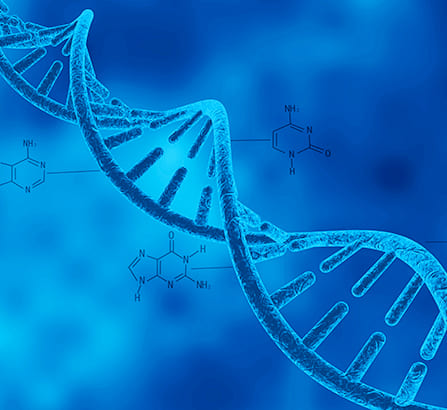 Self-renewal ability
Self-renewal abilityThe ability to divide themselves
into cells with the exact same
capacity. -
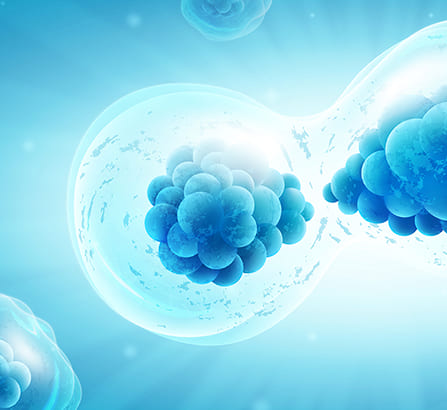 Differentiation
DifferentiationIt has the ability to change (differentiate)
into the various cells that make up the body. -
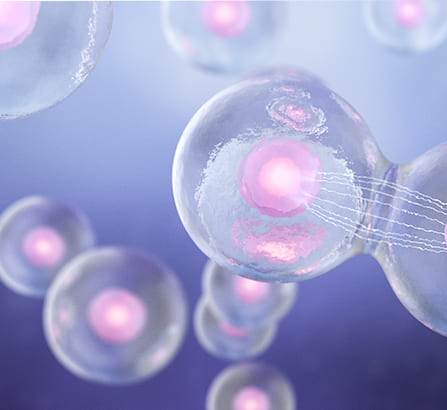 Homing effect
Homing effectIntravenously administered cultured stem cells
have the ability to identify areas in need
of regeneration.
Effects of Stem Cell Therapy
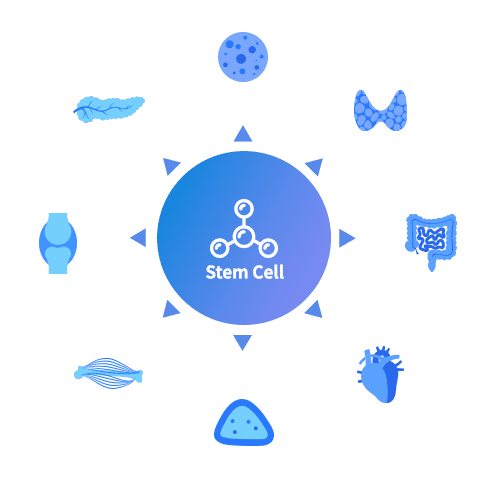
Expected clinical
application possibilities

JK Cell Clinic has obtained a provision plan number,
including Type II regenerative medicine.
Regenerative medicine using stem cells is strictly examined by the
Specific Accreditation Committee for Regenerative Medicine approved
by the Ministry of Health, Labour and Welfare for the appropriateness,
safety, physician system, and cell processing management system of
such treatment.
If the committee determines that the treatment is appropriate,
a treatment plan can be submitted to the Ministry of Health, Labor and
Welfare, and the treatment can be performed for the first time.
JK is a medical facility that has gone through the formal process of
submitting a Type 2 Regenerative Medicine Provision Plan to the
Ministry of Health, Labour and Welfare and obtained a plan number.
-
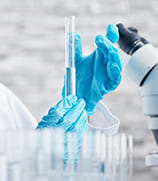
 High-quality stem cell culture with high purity 1.5 to 300 million cells
High-quality stem cell culture with high purity 1.5 to 300 million cellsThe optimal number of cells is cultured based on the treatment and physique.
-

 GMP facility, proprietary technology (Good manufacturing practices)
GMP facility, proprietary technology (Good manufacturing practices)With proprietary technology for adipose stem cell isolation and cultivation, JK provides global stem cell treatment overseas for the convenience of its clients in cooperation with affiliated hospitals in Korea.
-
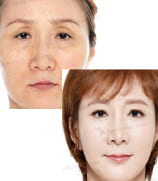
 JK’s original regenerative medicine program for health and beauty
JK’s original regenerative medicine program for health and beautyJK’s original program (stem cell intravenous injection × local injection, cosmetic medicine, etc.), which incorporates 23 years of knowledge of cosmetic medicine and the latest regenerative medicine, can achieve “healthy beauty” through simultaneous treatment.
Process of JK stem cell
treatment
Regeneration of cells by one’s own blood
02Platelet rich plasma treatment
What is Platelet rich plasma treatment? PRP directly means platelet rich plasma.
Blood is composed of 55% plasma and 45% blood cells, with platelets making up less than 1% of the blood cells.
Therefore, platelet-rich plasma (PRP) is created by separating blood using a centrifuge.
The separated plasma contains concentrated platelets, which are injected or infiltrated directly into various areas, such as the skin and joints.
Since it uses one‘s own blood, it is also known as “vampire injections. PRP is rich in platelets and protein-based growth factors that activate cell regeneration.
The components work on damaged skin to promote collagen and elastin production, resulting in skin regeneration.
It can also be injected into damaged cartilage, ligaments, or muscle parts to induce cell proliferation at the
inflamed area.
Since it is a regenerative medicine method using one’s own blood, the speed of regeneration is fast and side effects are minimal.
Unlike surgical treatment, this procedure is not physically demanding and can be applied to elderly patients.
PRP Characteristics
-
Before
centrifugation
-
After
centrifugation
-

Effects of PRP Therapy(Skin)
- Elasticity
- Moisture
- Inflammation
- Wrinkles
- Skin tone
- Pores

.jpg)

.jpg)

.jpg)

.jpg)

.jpg)

.jpg)
PRP Therapy Effects
(Joints and other damaged areas)

PRP Therapy Effects(Hair loss)
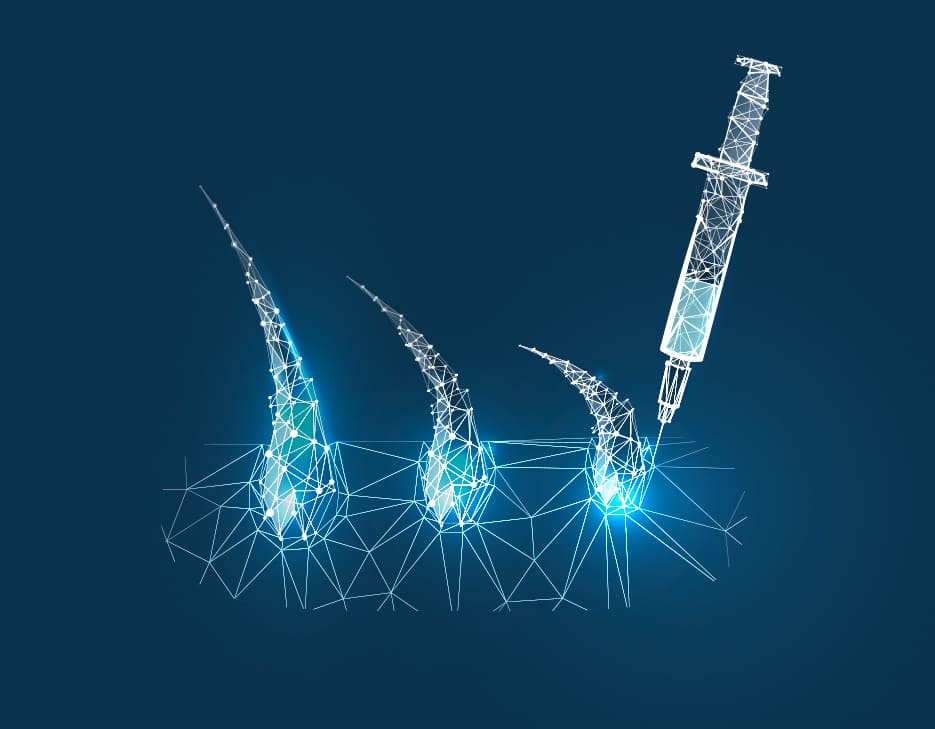
PRP Treatment Process
-
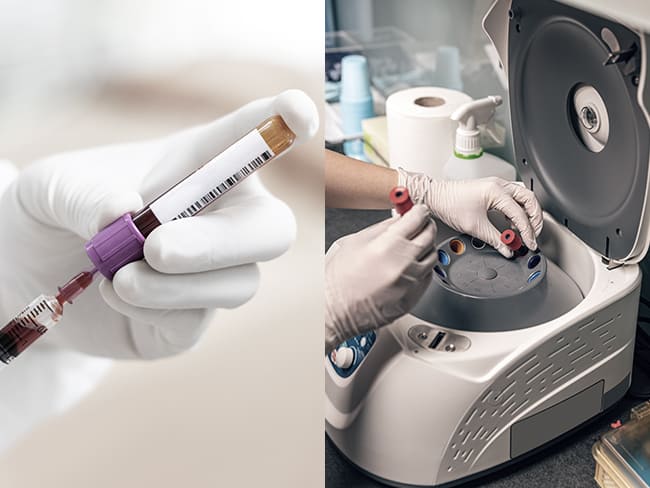
Blood sampling
Centrifugation Plasma separation
-
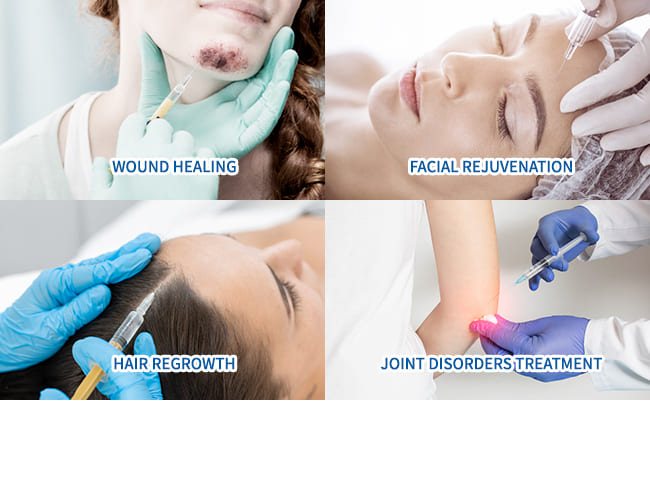
Injection or administration
*Administration by local injection or dermapen4 on the face, skin, etc.
Access
MUS Kofu Building, 2-16-5 Marunouchi, Kofu City, Yamanashi
(In front of Yamanashi Prefectural Government Office)
5 minutes on foot from Kofu Station
-
By Train
5 minutes on foot from JR Kofu Station South Exit - By BusIn front of bus stop “Kenkaigijidou” ※Parking available at the back of the building. Additional parking information provided.
Operating Hours
- Tuesday to Friday10:00 AM to 7:00 PM
- Saturday and Sunday 10:00 AM to 4:00 PM
- Closed on Mondays and public holidays

















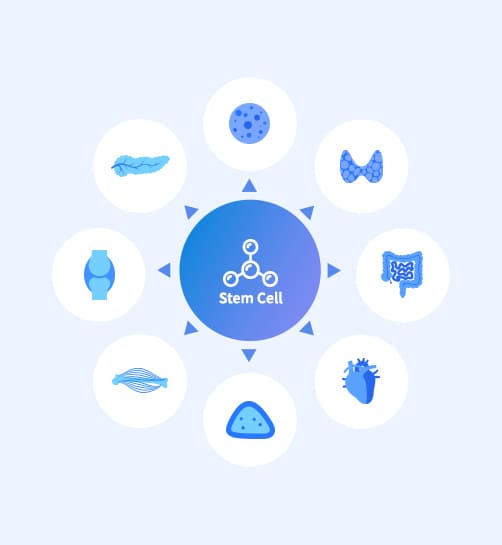

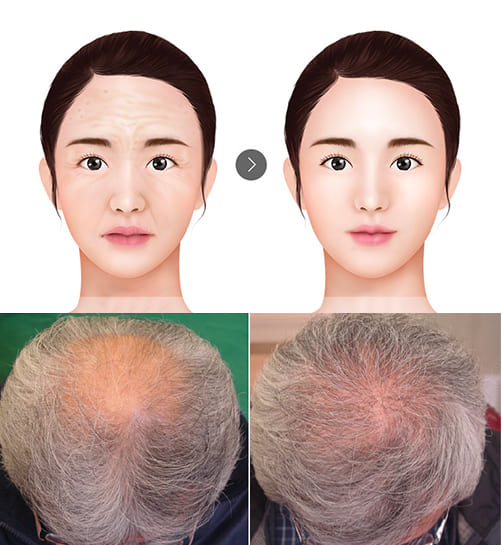


.jpg)



